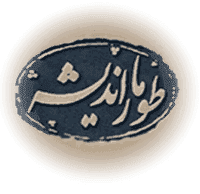-
 فراخوان کنفرانس درباره زکات، کالج دانشگاه هورون، کانادابیشتر
فراخوان کنفرانس درباره زکات، کالج دانشگاه هورون، کانادابیشتر -
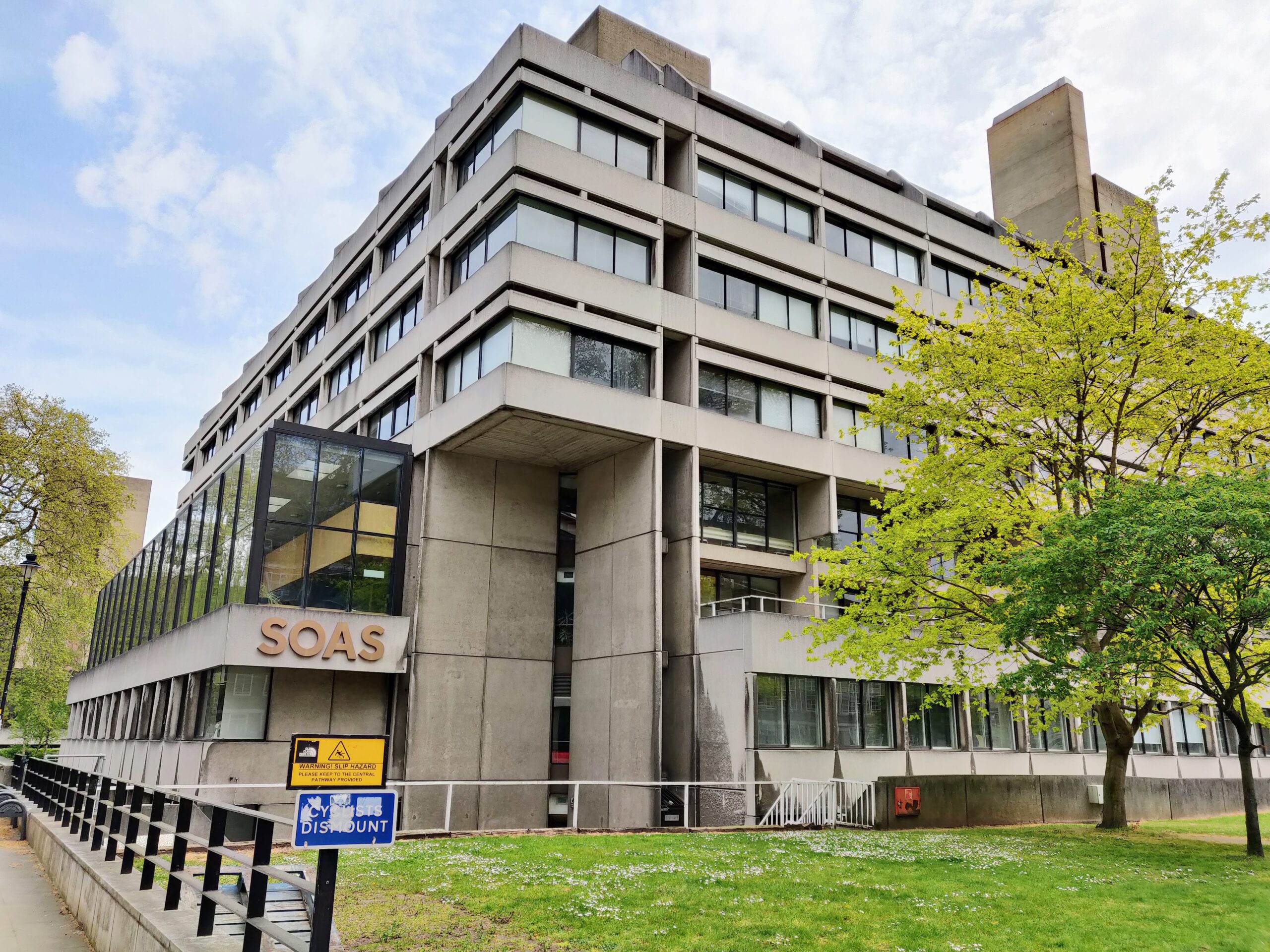 فراخوان کنفرانس درباره تحول در حقوق، سوآس، انگلیسبیشتر
فراخوان کنفرانس درباره تحول در حقوق، سوآس، انگلیسبیشتر -
 فراخوان استادیار مهمان در زمینه تاریخ خاورمیانه، دانشگاه والپاریسو، آمریکابیشتر
فراخوان استادیار مهمان در زمینه تاریخ خاورمیانه، دانشگاه والپاریسو، آمریکابیشتر -
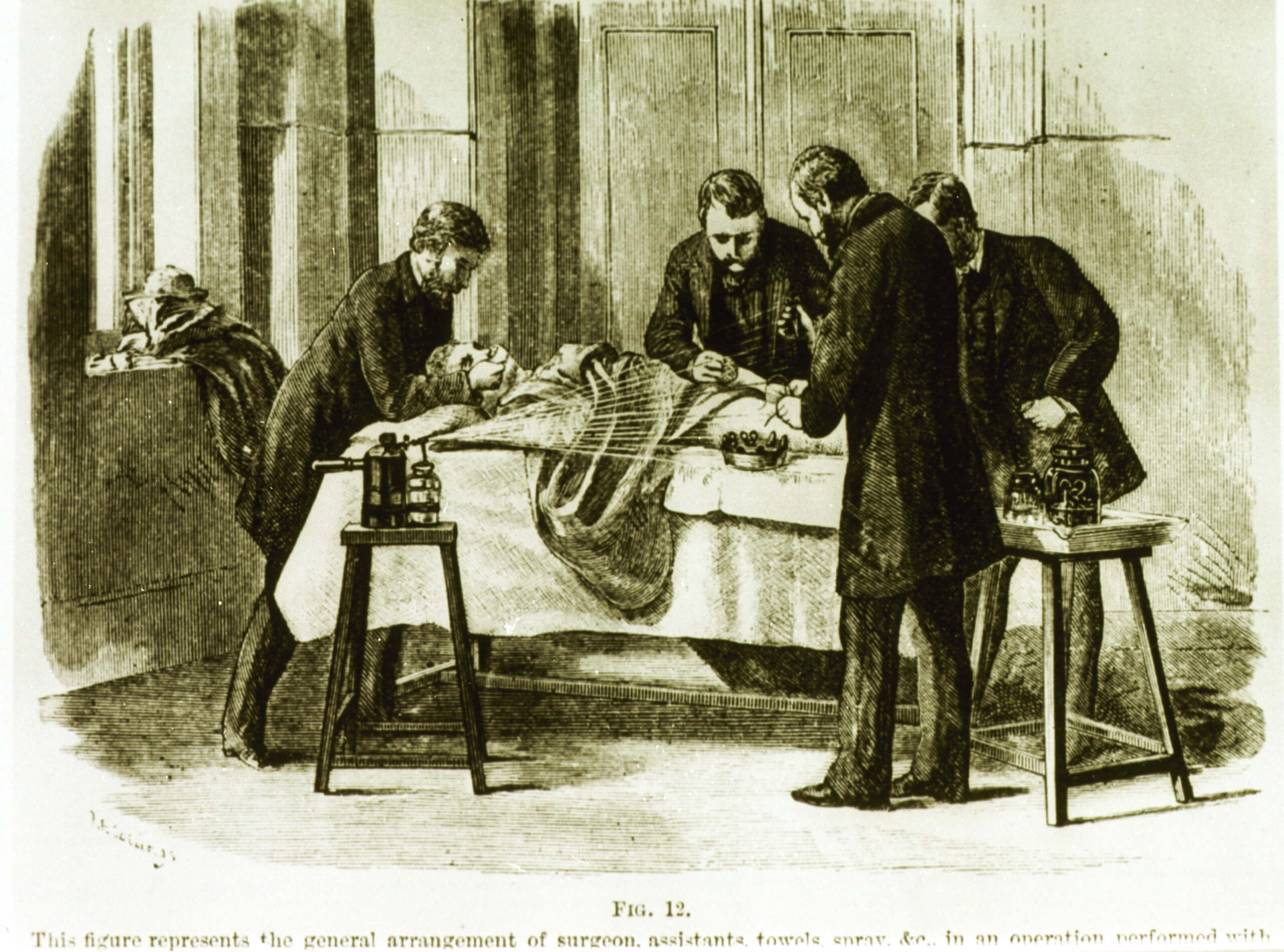 موقعیت شغلی فوق دکتری در زمینه تاریخ پزشکی، دانشگاه زوریخ، سوئیسبیشتر
موقعیت شغلی فوق دکتری در زمینه تاریخ پزشکی، دانشگاه زوریخ، سوئیسبیشتر
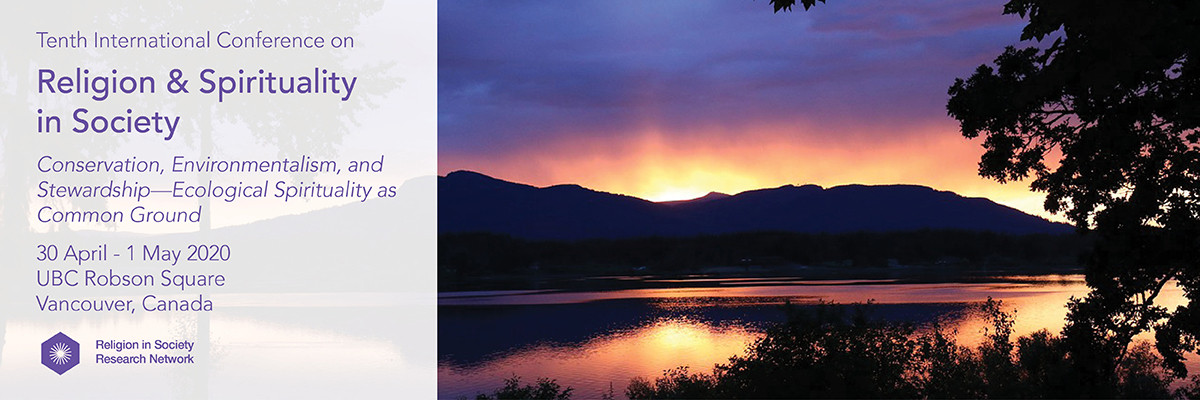
کنفرانس بین المللی درباره دین و معنویت در جامعه، دانشگاه بریتیش کلمبیا، کانادا
۱۳۹۸/۱۱/۲۹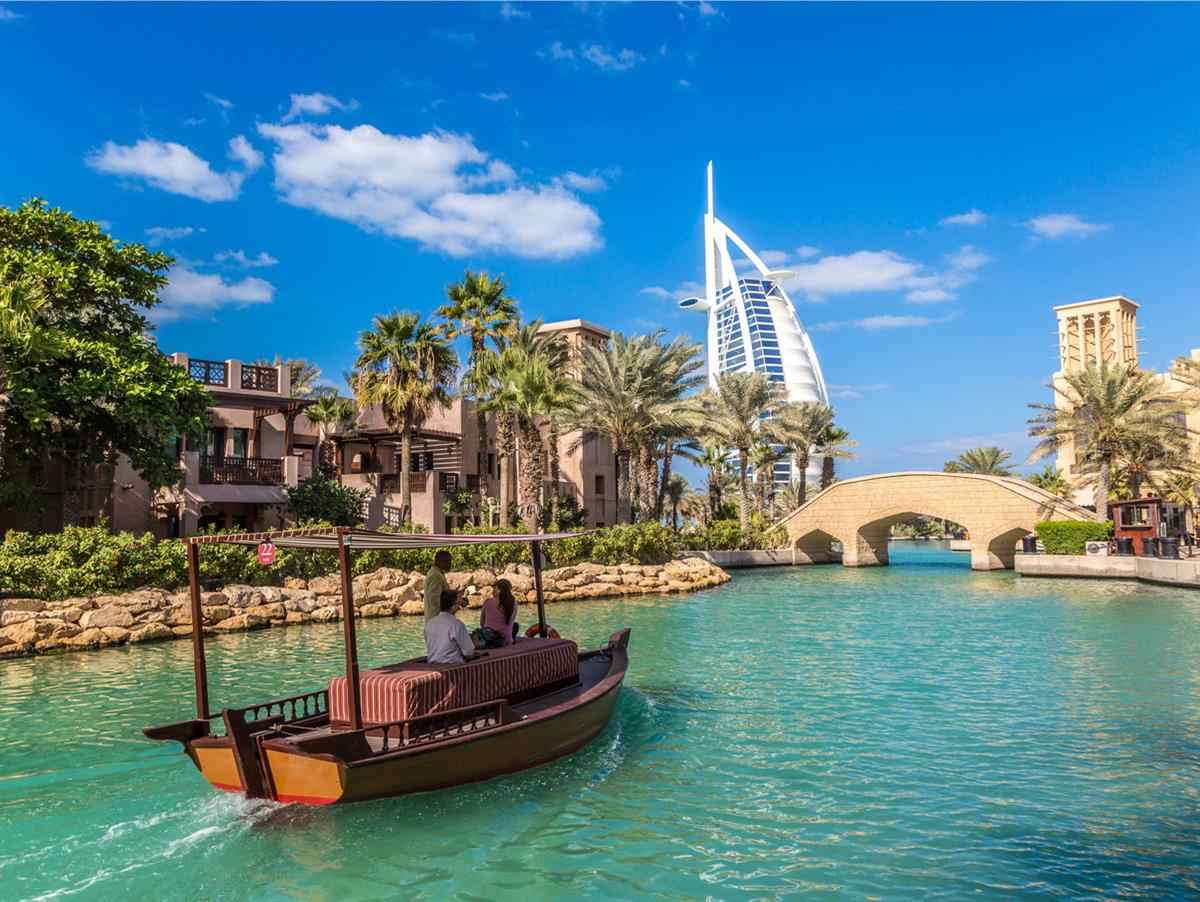
فراخوان مقاله برای کنفرانسی درباره نقش فرهنگی عربستان در جهان عرب، دانشگاه نیویورک ابوظبی، امارات متحده عربی
۱۳۹۸/۱۱/۲۹فراخوان مقاله برای کنفرانسی درباره حافظه و استفاده از ایماژها در سیاست، آمستردام، هلند
